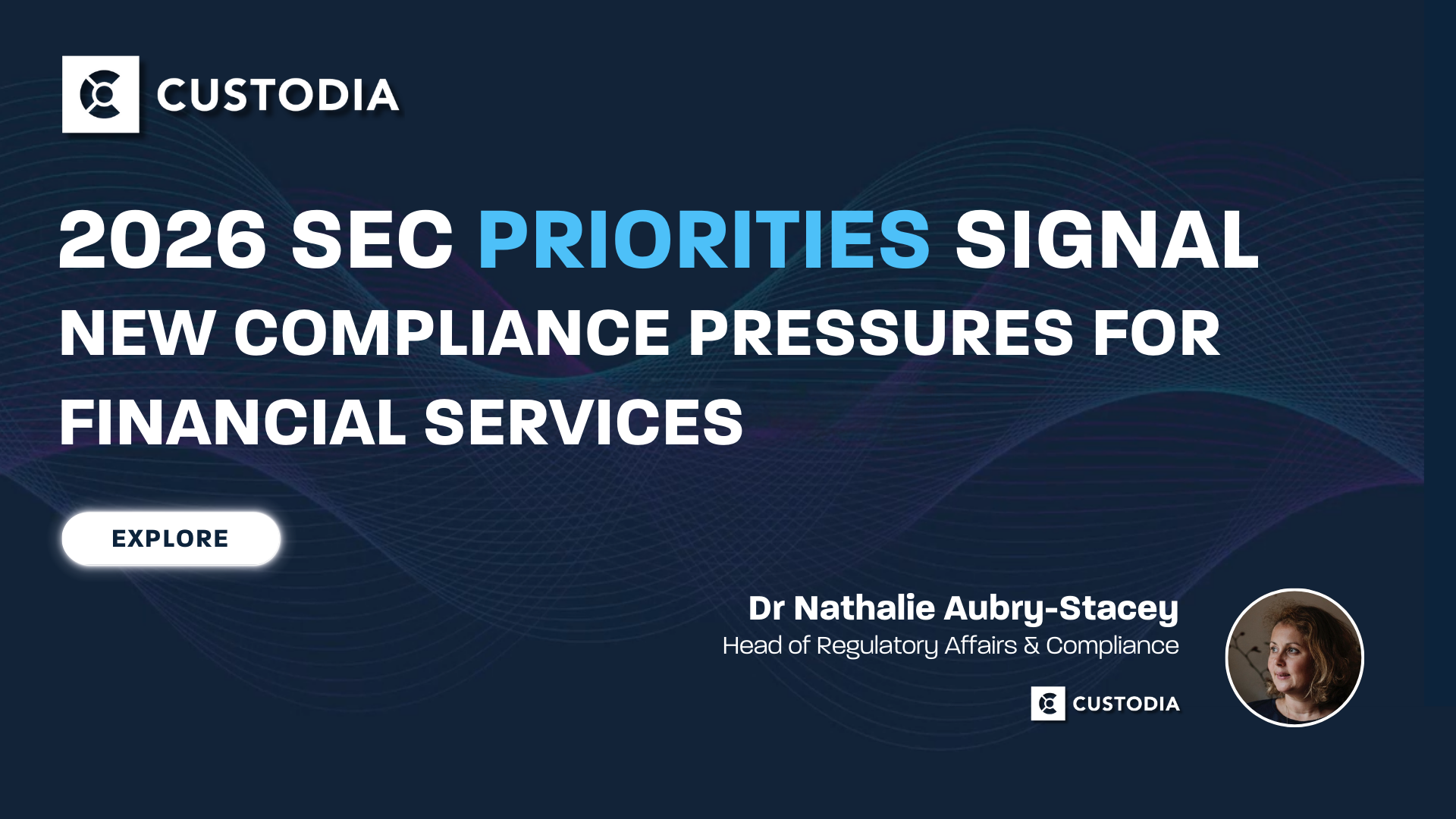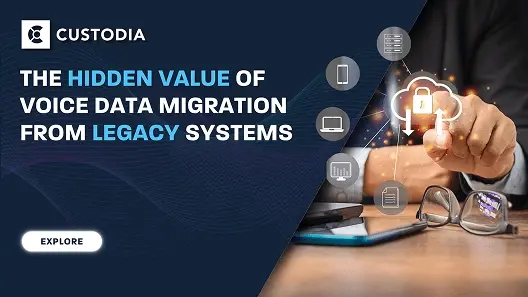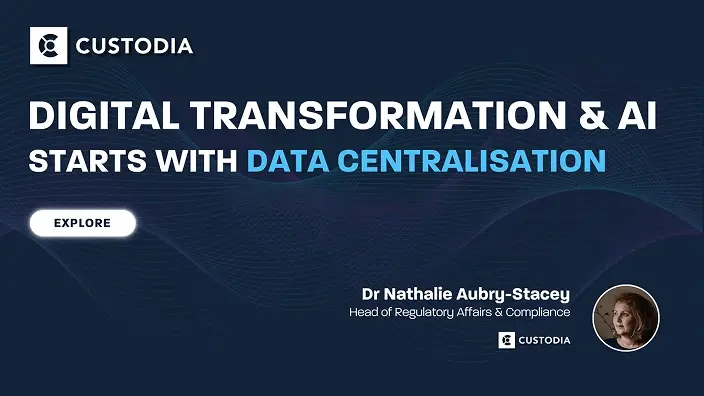Digital Transformation & AI Starts with Data Centralisation
AI is reshaping across the financial services vertical — from risk modelling to client insights. But it is only as effective as the data, regulated data in the same way, it learns from. Today, regulatory communication data — from turrets, Teams, telephony, and mobile — is captured in archives that meet the imperative regulatory obligations enshrined in MiFID II or SEC 17a-3 and 17a-4, but were not designed for AI readiness. This structural gap is a barrier to realising AI’s promise.
In the regulatory world, digital transformation is not just about adopting new technologies. It’s about foundational change keeping compliance in mind — anchored in the quality, accessibility, and completeness of regulated data. For financial firms and regulated institutions, the increasing use of remote communications and diverse platforms has pushed firms to reconsider how they capture and process communication data. Recording is not enough. Proactive compliance depends on centralisation, reconciliation, and retrievability.
Communication data, by its nature, is fragmented—dispersed across systems, devices, formats, and vendors. To enable surveillance, audits, or even simple search, centralising communication data into a single, secure, and WORM archive, such as CC1. Under rules like MiFID II (Article 16(7)) and SEC Rule 17a-3 and17a-4, firms are expected to retain records that are complete, tamper-proof, and easily retrievable.
This means eliminating silos and unifying ingestion from VoIP platforms, trading turrets, mobile capture, and more—not just storing the recordings.
Once centralised, data must be structured. Accurate metadata forms the foundation for effective supervision. Whether detecting market manipulation, or insider dealing, AI tools can only flag what they can see. Clean, consistent, reconciled datasets are what allow machine learning models to function as intended. Garbage in, garbage out applies doubly to regulatory analytics.
Even with recording and transcription in place, regulators now expect reconciliation—the linking of communications data to trade activity, client records, and user logs. This evidentiary chain is vital during audits, investigations, or in proving "adequate systems" under MiFID II and FCA SYSC 10A, or SEC 17a-3/17a-4 obligations.
Without reconciliation, a recording is just a file. With it, it becomes context and what action followed.
Digital transformation in compliance is not just about fancy dashboards or plug-and-play AI. It starts with something far more fundamental: a centralised, clean, reconciled, and programmable voice data archive. For firms operating under strict recordkeeping regimes, that’s not just good architecture.
At Custodia, we bridge the gap between regulatory-ready communication data capture and AI-grade data preparation. Because AI does not just need clean data — it needs compliant, contextualised, and continuous data.




